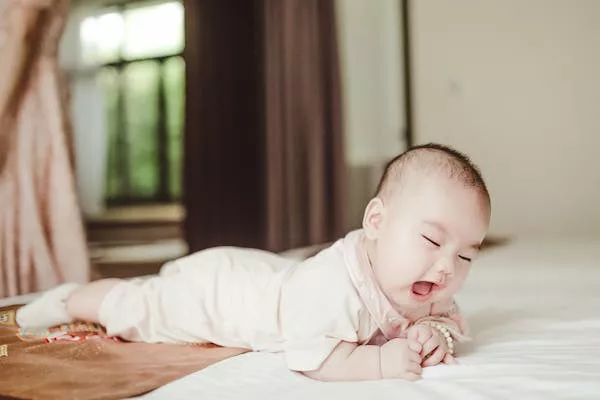Welcoming a new baby into the family brings immense joy and excitement. As parents, we constantly strive to provide the utmost care and comfort for our little ones, and this extends to their tiny feet. While it may seem premature to think about shoe sizes for a three-month-old baby, understanding the importance of appropriate footwear is crucial. In this article, we will explore the factors influencing the size of shoes for three-month-old infants and provide guidance on selecting the perfect fit.
Importance of Shoe Size for Infants:
Babies’ feet are delicate and rapidly growing, making it essential to provide them with proper support and protection. Choosing the right shoe size for a three-month-old baby is crucial, as it directly impacts their comfort, foot development, and overall health. Ill-fitting shoes can lead to a range of issues, including discomfort, restricted movement, and even potential foot deformities. By considering the appropriate shoe size, parents can ensure their baby’s feet remain healthy and well-supported as they begin to explore the world around them.
Determining the Right Shoe Size:
At three months old, babies’ feet are still in the early stages of development. They are delicate, pliable, and growing rapidly. Therefore, it is crucial to approach shoe sizing with care and consideration. Here are some factors to keep in mind when determining the right shoe size for your three-month-old:
- Foot Measurements:
Measuring your baby’s feet is the first step towards finding the perfect shoe size. Using a soft measuring tape or a ruler, gently measure the length of their foot from the heel to the longest toe. Additionally, measure the width of their foot at its widest point. These measurements will serve as a starting point for finding the appropriate shoe size.
- Growth Allowance:
Babies’ feet grow rapidly, so it is vital to leave room for growth when selecting shoes. The American Academy of Pediatrics recommends providing a growth allowance of approximately half an inch (1.27 cm) between the end of the longest toe and the front of the shoe. This allows sufficient space for natural foot development and prevents discomfort caused by cramped toes.
- Shoe Type and Material:
The type and material of the shoe also influence the sizing. Soft-soled shoes, made from breathable materials such as cotton or leather, are ideal for three-month-old babies. These shoes provide flexibility and allow the baby’s foot to move naturally while offering protection. Look for shoes with adjustable closures like Velcro or snaps to ensure a secure and comfortable fit.
- Observation and Comfort:
Apart from measurements, observing your baby’s reactions and comfort levels is crucial. Babies at this age cannot express discomfort verbally, so it is essential to monitor for signs such as excessive crying, fussiness, or red marks on the feet. If you notice any signs of discomfort, consider re-evaluating the shoe size or consulting a pediatrician.
Common Shoe Sizes for Three-Month-Old Babies:
While each baby is unique, there are general guidelines for shoe sizes based on their age and foot measurements. The following table provides an approximate shoe size range for three-month-old infants:
Age (Months) Shoe Size (US) Shoe Size (UK/EU)
0-3 1 0-16
3-6 2 17-18
6-9 3 19-20
Please note that these sizes are approximate and can vary based on individual factors such as foot shape and growth patterns. It is always advisable to measure your baby’s feet and try on different shoe sizes to ensure the best fit.
Conclusion:
Finding the perfect shoe size for a three-month-old baby is an essential aspect of their overall comfort and healthy foot development. By considering factors such as foot measurements, growth allowance, shoe type and material, and observing your baby’s comfort, you can ensure that their tiny feet are well-supported and protected. Remember, each baby is unique, and their shoe size requirements may vary. Pay attention to your baby’s cues and consult a pediatrician if you have any concerns. With the right footwear, your little one can continue to explore the world with healthy and happy feet.


